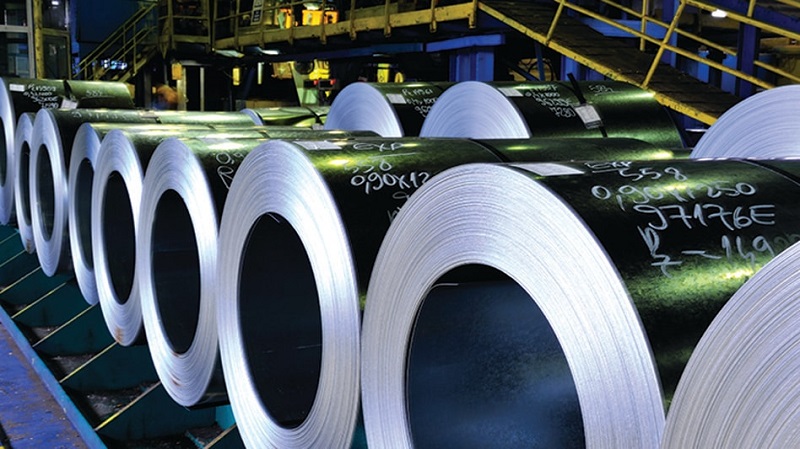
Lift the electrical steel sheet, do motor students are no strangers. Of course, its name is also varied: silicon steel sheet, silicon steel sheet, punching, laminated. But I still think electrical steel is more common.
With the development of electric vehicles, the performance of the motor is also put forward high requirements, high energy efficiency, high power density is becoming more and more important. One of the important influencing factors is the design of the motor core, in which there are two major losses of hysteresis loss and eddy current loss, and the two losses increase with the increase of the motor frequency (hysteresis loss is proportional to the frequency, eddy current loss is proportional to the square of the frequency). In the pursuit of high motor speed today, how to reduce the two losses is needed to consider.
Hysteresis loss is due to the energy consumption caused by the core in alternating magnetization, related to the composition of the material and the size of the particle, and can be expressed by the area of the hysteresis loop (soft magnetic materials with small area are generally used on the motor). Eddy current loss is the resistance loss caused by eddy current in the alternating magnetization of the core, which is related to the resistivity and thickness of the material itself. Therefore, in order to reduce core losses, electrical steel plates are smaller in thickness and have larger resistivity.

According to the above analysis, we know that in addition to choosing the right electrical steel material, an important variable is the thickness of the electrical steel sheet. Most of the current articles are telling you that thinner is better. But is this really the case? The theory is certainly true, but in practice there are more factors to consider. For a specific material and thickness of electrical steel sheet, we can know its hysteresis loss and eddy current loss ratio chart at different frequencies. For example, if the operating frequency is 300-800Hz, it is ideal to choose an electrical steel sheet with a thickness of 0.15mm. However, in reality, we can rarely see 0.15 or thinner electrical steel sheets in use (at present, 0.1mm can also be large-scale production). The reason is still from the manufacturing point of view.
At present, the main electrical steel sheet is still using the stamping process, the steel sheet is too thin, easy to deformation and damage, resulting in burr edge, which is not conducive to the later lamination. The more difficult the tight connection between the steel sheets is to achieve (such as the need to use bonding and other methods, etc.), the lamination coefficient is not high, and the overall strength of the iron core needs to be considered. For a given core height, because more silicon steel sheets are required to be laminated, longer refining work is required. All of these will bring about the decline of quality pass rate and the rise of cost.
So you win some, you lose some, you have to find a balance. China's GB/T34215 electric vehicle drive motor with cold rolled non-oriented electrical steel sheet defined thickness range of 0.2-0.35mm, these are more commonly used in the automotive industry, the industrial field is generally between 0.35-0.8mm.
Stainless steel surface treatment process- Brushed
2020-11-10Stainless steel coil plates industry
2021-09-24Comparison of weldability between 316L and 304 stainless steel
2025-11-07Laser Cutting Process and Edge Effect Control for Ultra-Thin Ferrite Cores
2025-03-11Main Uses & Application Fields of Stainless Steel Water Tank
2022-08-01Vector control of variable frequency transformer
2023-10-14






